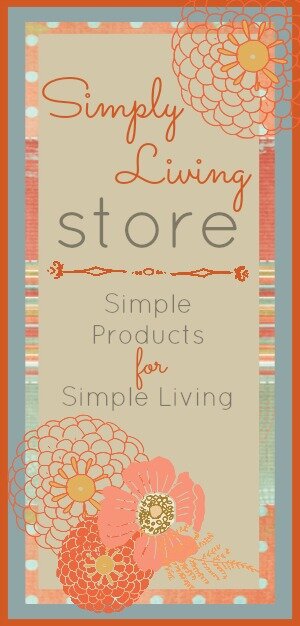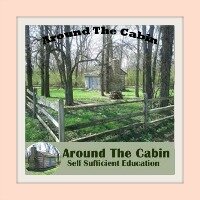Erin, Blue Yurt Farms
This article may be hopping around the following Blog Hops: (mis)Adventures Mondays Blog Hop, The HomeAcre Hop, Wildcrafting Wednesday, Homestead Blog Hop, From the Farm Fridays, Simple Saturdays Blog Hop, Simple Life Sunday Blog Hop.
Copyright Notice: This article may from time to time be contributed to third-party sites, but it is COPYRIGHTED, and it may not be used without my written permission. If you are interested in any of my articles, please contact Kat Yorba; Author and owner of Simply Living Simply directly for republishing information.
Affiliate Notice: Many of my blog posts contain affiliate links. Purchasing through an affiliate link does NOT increase the price you pay but allows me to keep blogging, sharing and bringing you great content.
Medical Disclaimer Notice: Nothing in this post is to be construed as medical advice, simply a sharing of things that have worked for me &my family. If you have any symptoms of serious illness, taking medication, pregnant or nursing, or have never worked with herbal materials or essential oils before, please consider consulting a medical professional before use. I am unable to offer advice for your particular medical situation; please ask your Doctor, Nurse Practitioner or Naturopath for further guidance. The statements made here have not been approved by the Food & Drug Administration. These statements are not intended to diagnose, treat, cure or prevent disease. This notice is in accordance and required by the Federal Food, Drug & Cosmetic Act.




























Speak Your Mind